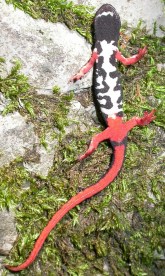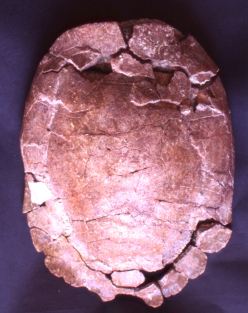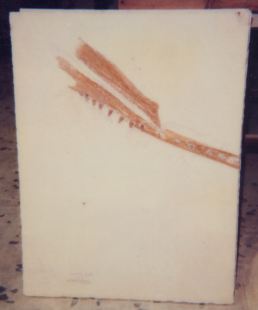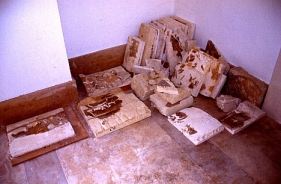Evolution of the Quaternary herpetofaunas of Veneto
Candidate: Martina Bacciotti - Corso di Laurea in Scienze Naturali
Supervisor: Prof. Lorenzo Rook
Dipartimento di Scienze della Terra
Universitą di Firenze
Via La Pira 4, 50121 Firenze
In collaboration with:
- Museo Civico di Storia Naturale di Verona
- Dipartimento di Scienze della Terra dell'Universitą di Ferrara
- Museo Civico di Storia Naturale di Venezia
The goal of the research is to bring together the information about the Amphibians and Reptiles that inhabited the Veneto Region during the Quaternary (that is to say the last 1.8 million years) by the analysis of all the remains available at present. Since the neighbouring regions (i.e. Lombardia and Emilia Romagna) are particularly poor in fossil remains of the extant taxa, the general results concerning this region, will furnish elements for a better understanding of the faunal changes that occurred in the Po Plain, or at least its easternmost sector.
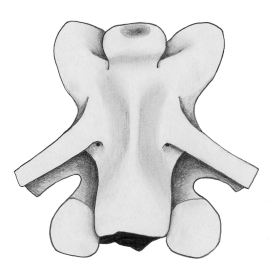
Presacral vertebra of Salamandra salamandra in ventral view - Valdiporro, Late Pleistocene
